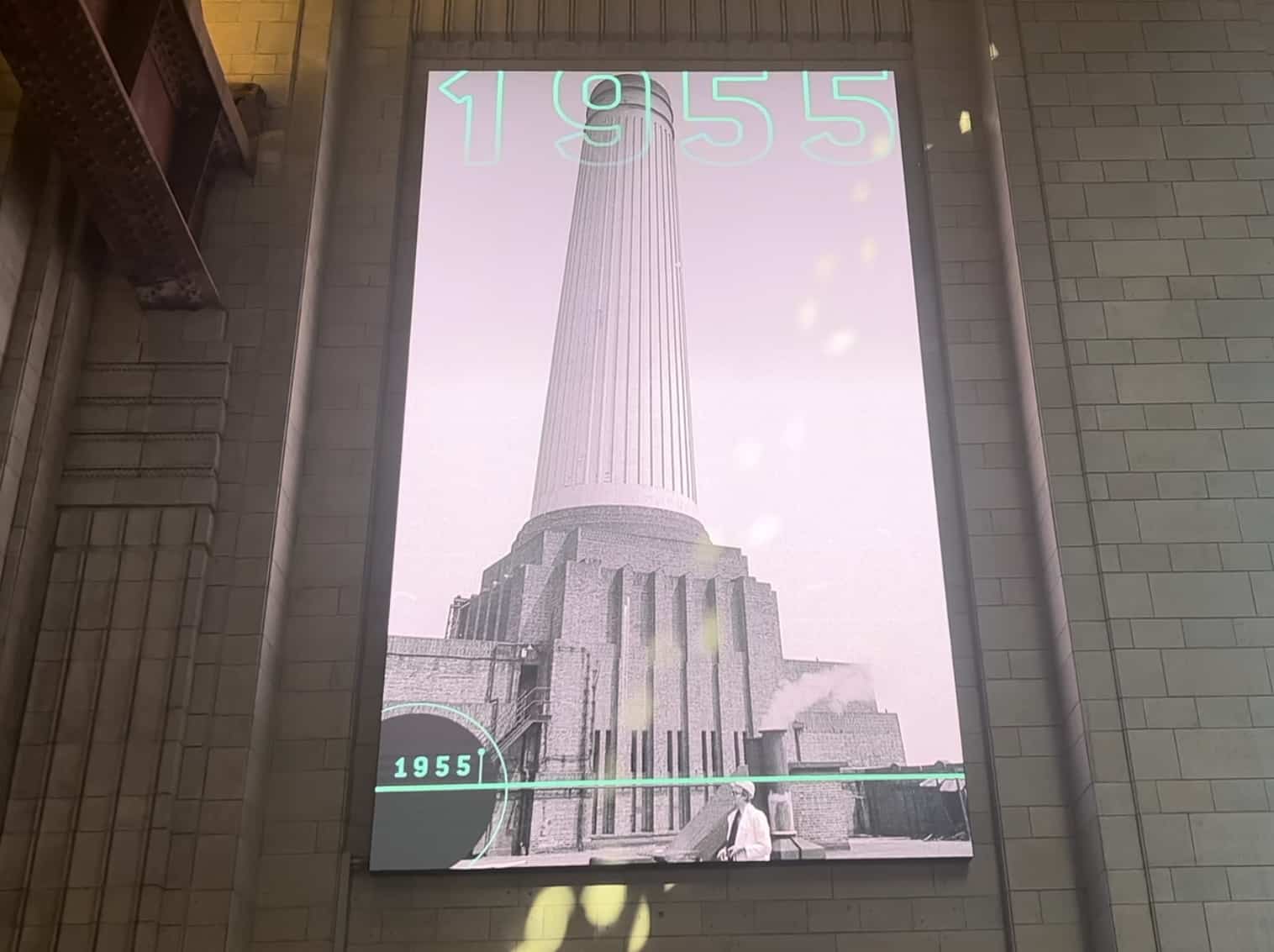LED displays technology has been a revolutionary development in the display industry. Their vibrant colors, high brightness, and energy efficiency have made them popular in various industries, including advertising, sports, and entertainment. However, it's essential to understand their mechanics to optimize their functionality. In this blog, we dive deep into how led display work and their essential components.

To know the mechanical workings of LED displays, we first need to know what LED technology is. LED means Light Emitting Diode, which is a semiconductor device effective at emitting light when an household current passes through it. LED displays are made from a range of these diodes configured in a matrix of columns and rows. Each diode functions as you pixel or sub-pixel, accountable for producing one color in a full-color LED display. They operate much like a move; each time a voltage is applied to the diode, it activates it, producing the specified color.
The primary components that make up an LED display include an RGB LED chip, a control system or driver board, and a power supply. The RGB LED chip is in charge of producing the three primary colors that produce up every color in the visible spectrum. These colors are red, green, and blue. The control system or driver board is in charge of programming the LED controller chip on the LED panel and converting the video signal into color and brightness data that the LED display can interpret. The energy supply's primary function is to offer power to the LEDs in the display panel, compensating for any voltage drop or variation that happens with distance and time.
Another crucial aspect of understanding LED display mechanics is their pixel pitch and resolution. Pixel pitch is the length between two adjacent pixels in the display. The smaller the pixel pitch, the more pixels the display has per unit area, causing a higher resolution. A hi-tech LED display may have a pixel pitch no more than 0.75mm, this means they can display ultra-high definition content. The resolution of LED displays is frequently calculated by multiplying the pixel pitch by the number of pixels in each row and column. A 1080p LED display would, therefore, have a resolution of 1920 x 1080 pixels.
One of the advantages of LED technology is its high brightness levels, which are made possible by the high light output of the LEDs. Brightness is usually measured in units of nits, where one nit is equal to at least one candela per square meter. One of many methods to measure LED brightness is through the peak brightness or maximum brightness output. The peak brightness is how bright the display can get in its most intense and brightest mode. Another part of brightness to think about is the colour temperature. LED displays often can decide between several color temperature options, that is the warmness or coolness of white light.
Finally, controlling the LED display is possible in a variety of ways, including remote control, media player, and central control. With remote control, an individual can control the display directly by sending a get a handle on signal over the internet or wireless connection. Media players work with a playback system that lets you upload content in a variety of file types, including images, videos, and audio. Central control systems use an integral management platform to monitor, manage and schedule content playback, set display parameters, and optimize user experience.

Conclusion:
In conclusion, understanding the mechanics of LED displays is essential to understand their fantastic functionality and optimize their performance. The technology behind LED displays is complex, but the critical components include an RGB LED chip, a get a grip on system, and an electric supply. Additionally, understanding aspects such as for instance pixel pitch, resolution, brightness, color temperature, and control options can help you optimize your LED display performance. At Elite LED Displays, we're experts in LED display technology and offer comprehensive solutions for commercial, industrial, and governmental sectors in LED video walls, LED screens, and software technology. Contact us today and start unlocking the entire potential of your LED display technology.
